The Future of Smart Lighting in Commercial Spaces: Trends to Watch in 2025
The lighting industry has undergone a dramatic transformation over the past decade, with smart lighting emerging as a cornerstone of modern commercial spaces. As we look ahead to 2025, the integration of advanced technologies such as IoT (Internet of Things), AI (Artificial Intelligence), and edge computing is set to redefine how businesses use lighting to enhance efficiency, sustainability, and user experience. In this blog, we explore the key trends shaping the future of smart lighting in commercial spaces and what businesses need to watch out for.
1. Hyper-Connected Lighting Ecosystems
By 2025, smart lighting will no longer function as a standalone system but as part of a hyper-connected ecosystem. IoT-enabled smart bulbs will communicate seamlessly with other building management systems, such as HVAC, security, and occupancy sensors. This integration will allow for real-time data sharing and automation, optimizing energy usage and operational efficiency.
For example, in an office building, smart lighting systems can adjust brightness based on occupancy data from sensors, while simultaneously coordinating with HVAC systems to maintain optimal temperature levels. This level of connectivity will not only reduce energy costs but also create a more comfortable and productive environment for occupants.
2. AI-Driven Predictive Maintenance
Artificial Intelligence is poised to play a pivotal role in the future of smart lighting. AI algorithms can analyze data from smart bulbs to predict when maintenance is needed, reducing downtime and repair costs. For instance, if a smart bulb’s performance begins to degrade, the system can alert facility managers before a complete failure occurs.
In commercial spaces like retail stores or warehouses, where lighting is critical to operations, predictive maintenance can prevent disruptions and ensure consistent performance. By 2025, AI-driven smart lighting systems will become a standard feature in facility management, offering businesses a proactive approach to maintenance.
3. Human-Centric Lighting (HCL)
Human-Centric Lighting (HCL) is a growing trend that focuses on aligning lighting with human circadian rhythms to improve well-being and productivity. In 2025, we can expect HCL to become a mainstream feature in commercial spaces, particularly in offices, healthcare facilities, and educational institutions.
Smart lighting systems will use tunable LEDs to mimic natural daylight, adjusting color temperature and intensity throughout the day. For example, cooler, brighter light in the morning can boost alertness, while warmer, dimmer light in the afternoon can promote relaxation. This approach not only enhances occupant comfort but also supports mental and physical health, making it a valuable investment for businesses.
4. Energy Efficiency and Sustainability
As businesses increasingly prioritize sustainability, smart lighting will play a crucial role in reducing energy consumption and carbon footprints. By 2025, advancements in LED technology and smart controls will make lighting systems even more energy-efficient. Features like motion sensors, daylight harvesting, and adaptive lighting will become standard, ensuring that lights are only used when and where they are needed.
Moreover, smart lighting systems will integrate with renewable energy sources, such as solar panels, to further reduce reliance on non-renewable energy. Businesses that adopt these solutions will not only cut costs but also strengthen their commitment to environmental responsibility, which is increasingly important to customers and stakeholders.
5. Li-Fi: The Next Frontier in Connectivity
Li-Fi (Light Fidelity) is an emerging technology that uses light waves to transmit data, offering faster and more secure connectivity than traditional Wi-Fi. By 2025, Li-Fi-enabled smart lighting systems could revolutionize commercial spaces, particularly in environments where radio frequency interference is a concern, such as hospitals and industrial facilities.
Imagine a conference room where the smart lighting system not only illuminates the space but also provides high-speed internet access to all devices in the room. This dual functionality will make Li-Fi a game-changer for businesses looking to enhance connectivity and security.
6. Personalized Lighting Experiences
Personalization is a key trend across industries, and smart lighting is no exception. In 2025, commercial spaces will leverage smart lighting to create tailored experiences for occupants. For example, in a hotel, guests could use a mobile app to customize the lighting in their room, choosing colors and brightness levels that suit their preferences.
In retail environments, smart lighting can be used to create dynamic displays that adapt to customer behavior. For instance, if a customer spends more time in a particular section of the store, the lighting could automatically highlight featured products, enhancing the shopping experience and driving sales.
7. Edge Computing for Faster Decision-Making
Edge computing, which involves processing data closer to the source rather than in a centralized cloud, will become increasingly important in smart lighting systems. By 2025, edge-enabled smart bulbs will be able to make real-time decisions without relying on cloud connectivity, reducing latency and improving reliability.
For example, in a smart office, edge computing could allow lighting systems to instantly adjust based on occupancy data, without waiting for instructions from a central server. This capability will be particularly valuable in large commercial spaces where quick responses are essential.
8. Enhanced Data Analytics for Business Insights
Smart lighting systems generate vast amounts of data, from energy usage patterns to occupancy trends. By 2025, advanced analytics tools will enable businesses to extract actionable insights from this data, informing decisions about space utilization, energy management, and even employee productivity.
For instance, a company could use lighting data to identify underutilized areas of an office and reconfigure the layout to maximize efficiency. In retail, data from smart lighting systems could reveal customer traffic patterns, helping stores optimize product placement and marketing strategies.
9. Integration with Smart Cities
As smart city initiatives gain momentum, commercial smart lighting systems will play a vital role in urban infrastructure. By 2025, smart streetlights and building lighting systems will be integrated into city-wide networks, enabling features like adaptive street lighting, emergency response coordination, and environmental monitoring.
For businesses, this integration will open up new opportunities to contribute to smart city projects and align with municipal sustainability goals.
Conclusion
The future of smart lighting in commercial spaces is bright, with innovations in connectivity, AI, and sustainability set to transform how businesses use lighting. By 2025, smart lighting will no longer be just about illumination—it will be a powerful tool for enhancing efficiency, well-being, and environmental responsibility. Businesses that embrace these trends will not only stay ahead of the curve but also create smarter, more sustainable spaces for their employees, customers, and communities.
As now is the time for businesses to explore smart lighting solutions and prepare for the exciting changes ahead. The future is illuminated—are you ready to step into the light?
This blog provides a forward-looking perspective on smart lighting trends, offering valuable insights for businesses planning to upgrade their commercial spaces.
No comments





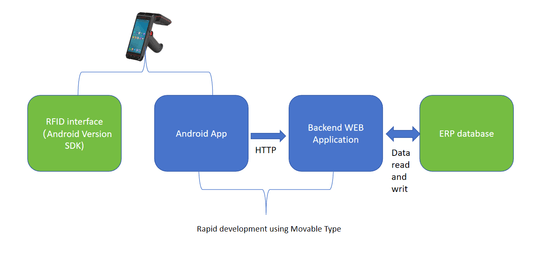
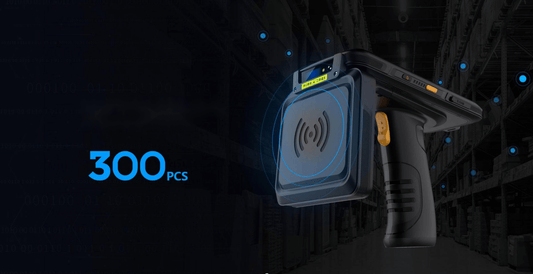

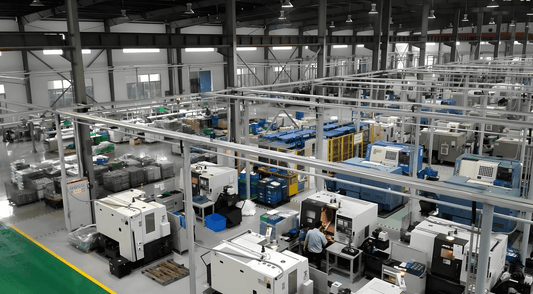
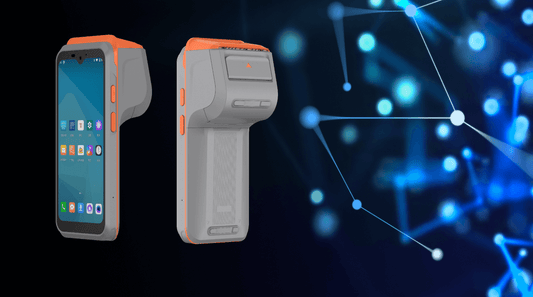
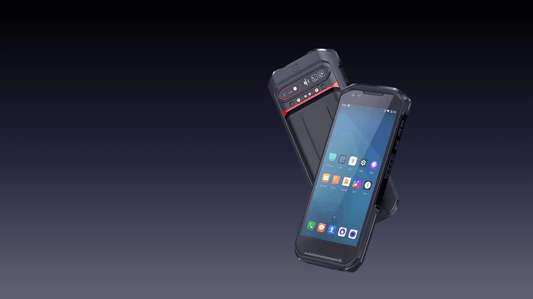
0 comments